What is the use of training as science journalist when you do not work in that field? Survey on graduates of the Science and Technology Program of Fundación Instituto Leloir
Keywords:
Science journalism, workshop, teachingAbstract
In order to spread the progress, dilemmas, contexts and applications of Science and Technology, Science Journalism has been legitimized as a branch of Journalism since half of last century. A growing number of Universities and Institutions are offering specific Science Communication Programs to train professionals with different backgrounds. ¿But what kind of skills and abilities are considered to be useful for those former students who didn ́t follow a Career in Science Journalism? By means of a Survey among Graduate Students participating in a classical workshop on Introduction to Science Journalism, it was found that 89,5 per cent of those who didn ́t pursue a career in the field reported having applied that knowledge in their work and personal life. According to their opinion, it is (specially) remarkable the utilization of tools from science journalism and the development of critical reading of newspapers articles in the classrooms.
Published
How to Cite
Issue
Section
The authors that publish in this Journal accept the following terms:
a. Authors retain copyright and grant the journal right of first publication with the work simultaneously licensed under a Creative Commons Attribution License Attribution-NonCommercial-NoDerivs 3.0 Unported (CC BY-NC-ND 3.0) that allows others to share the work with an acknowledgement of the work's authorship and initial publication in this journal.
b. Authors are able to enter separate, additional contractual arrangements for the non-exclusive distribution of this journal's published version of the work (e.g., post it to an institutional repository or publish it inside a book), with an acknowledgement of its initial publication in this journal. All the works published on this Journal are retrieved and safeguarded in the Institutional Repository of this University: Repositorio UNLaM
c. Authors are allowed and encouraged to post their work online (e.g., in institutional repositories or on their website) prior to and during the submission process, as this can lead to productive exchanges, as well as to enriching and enlarging the number quotations on the work published.
















